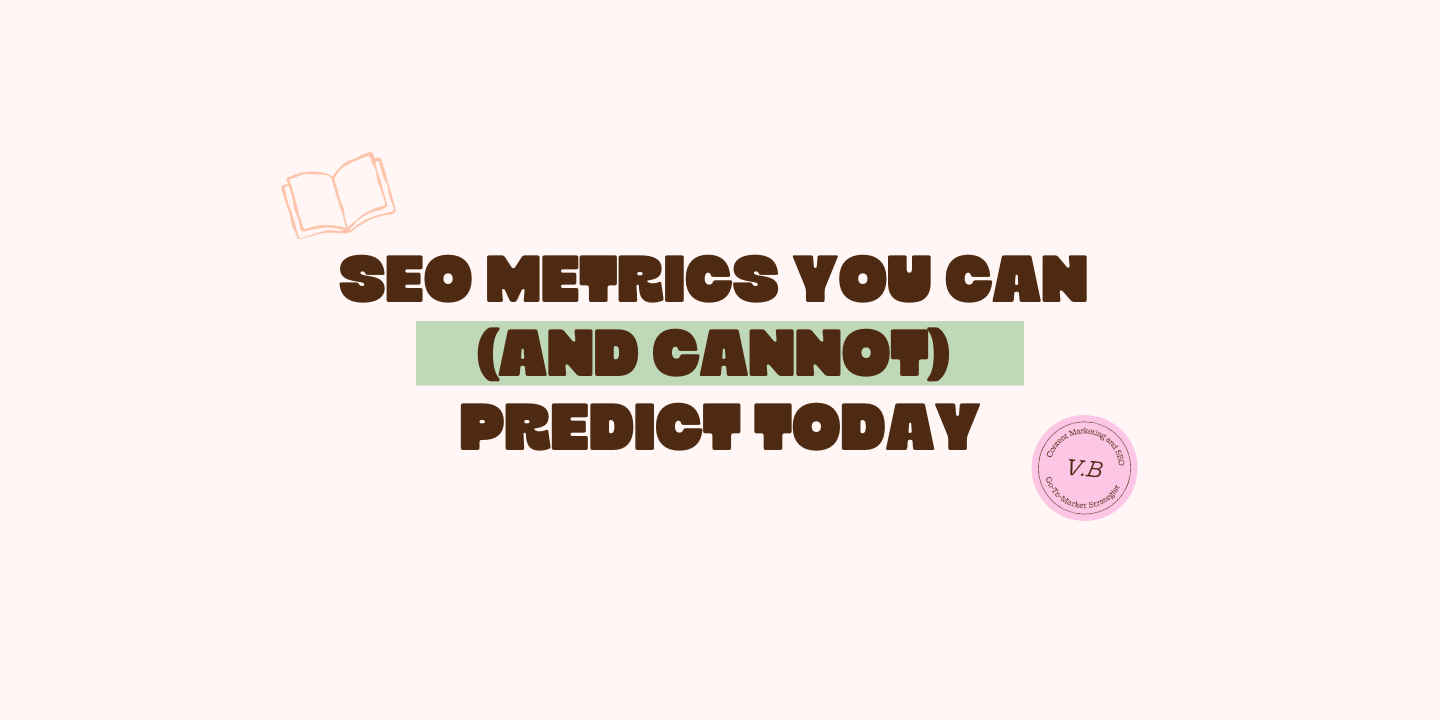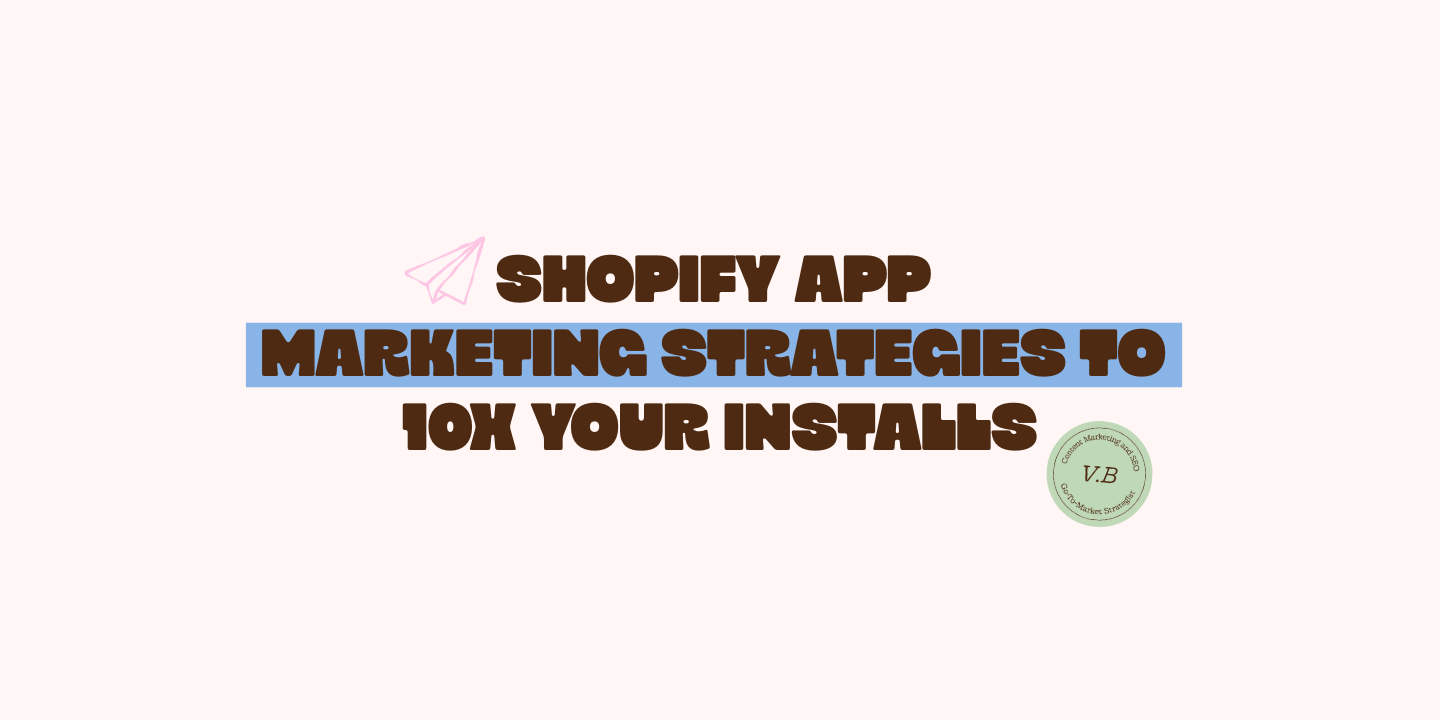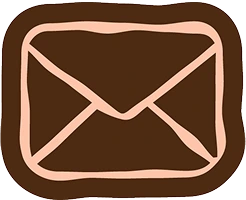Find out what content design is and why it plays a vital role in content marketing.
Let’s be honest: you can spend hours or days creating and optimizing the best content piece for your audience. However, if your design is subpar and doesn’t complement what you create, your users will most likely click away, and all your efforts are gone in vain – yes, those high bounce rates are very common and they’re one of your biggest problems!
With the internet evolving immensely over the last few years, web design and app design are becoming more critical than ever before. Users no longer want to navigate a Geocities-style website or a text-heavy app to look for what they need.
Plus, designing a website or an app isn’t a one-time project.
The key is sustaining it; it is an ongoing and laborious process because you need the right content design to ensure fruitful results from content marketing. Hence, the creation and planning that goes into the content designing matters even more to offer the best experience for your users to have any chance of conversion – TLDR; getting more ROI out of your content marketing strategy.
In this post, I’m here to talk about content design and why it’s a crucial part of your content marketing strategy.
What is content design?
Content design is a way of thinking and making tactical decisions about the accessibility, usability, and readability of a webpage. It is a framework that accounts for the behavior of users interacting with your content. It comprises a digital product’s content strategy, text, images, video, maps, graphs, and other graphics your marketing team uses to communicate with your users.
It also seems to be the latest buzzword today, especially with Facebook posting Medium articles and Shopify changing their titles to announce the renaming of their team to Content Design from Content Strategy.
Content design is a term coined by Sarah Winters, who defines the concept as “Using data and evidence to give the audience what they need, at the time they need it and in a way they expect.”
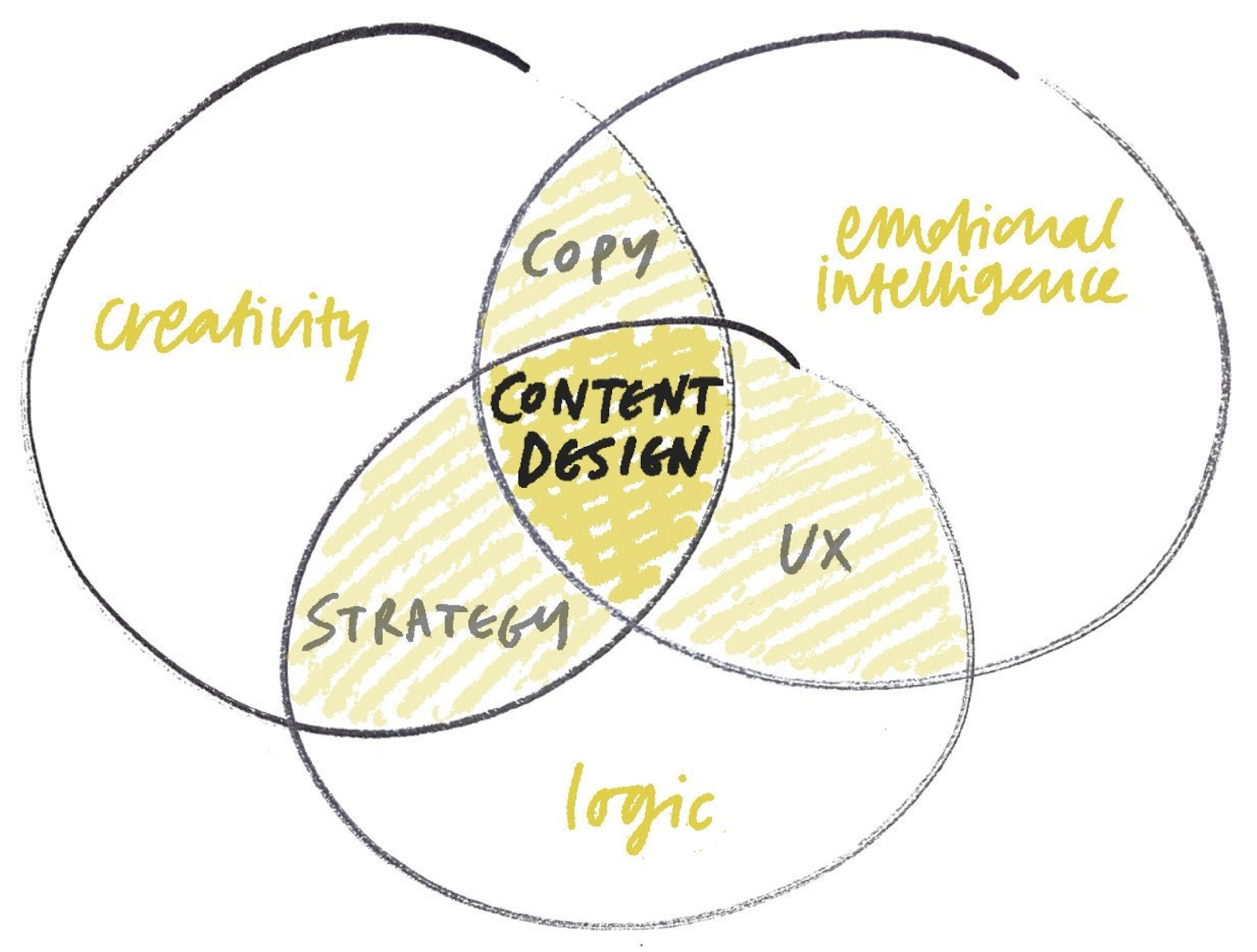
At its core, user-centric content design involves several aspects:
- Research: The content design should be based on expertise, usability, and user research, offering data to support the user’s needs.
- User needs: Understand what the user wants from the content to solve a problem and then identify how you can help them.
- Channel and journey mapping: Identify all the online and offline steps a user takes to complete a task and consider every content marketing channel they use along that journey.
- Language and emotion: Use suitable language and emotion to communicate with the users and gain trust across the customer journey.
- Creation: Content design goes beyond just writing. You have to work hand in hand with research, product owners, UX writing, and design teams to come out with the best solution.
- Sharing: Receiving feedback through user research, stakeholder discussions, and peer review is a crucial aspect of the testing process.
- Design Iteration: Iterate! This is when you put all the work into action to create digital content that changes over time.
Why is Content design important for your business?
Let’s run an experiment: If you came across both these eCommerce websites, which one would you spend more time on?
The first is eBay, with a complex product page and information overload.
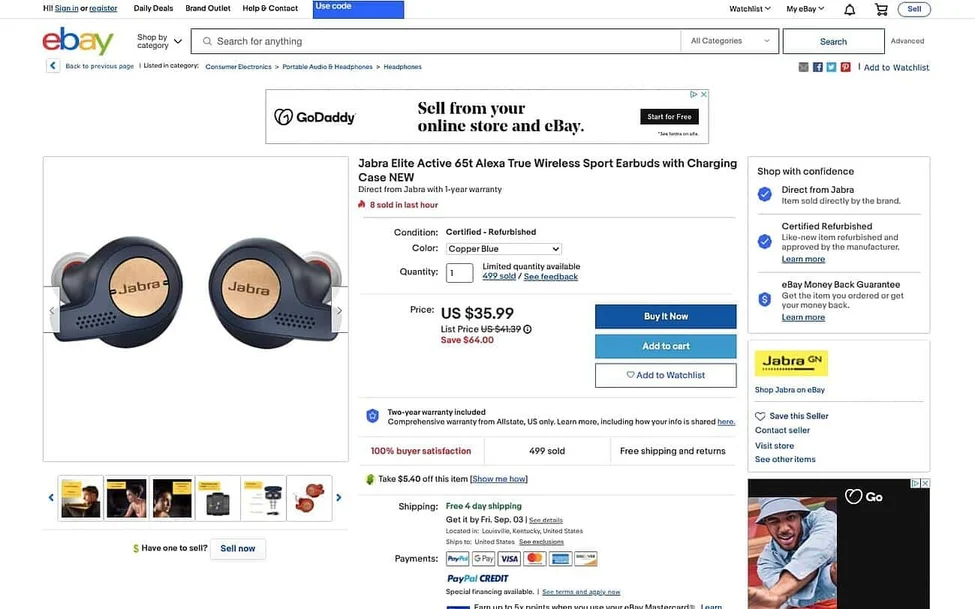
The second is Frank Body, which caters to a fun and young audience and has a clean design with a monotype font and pastel colors.
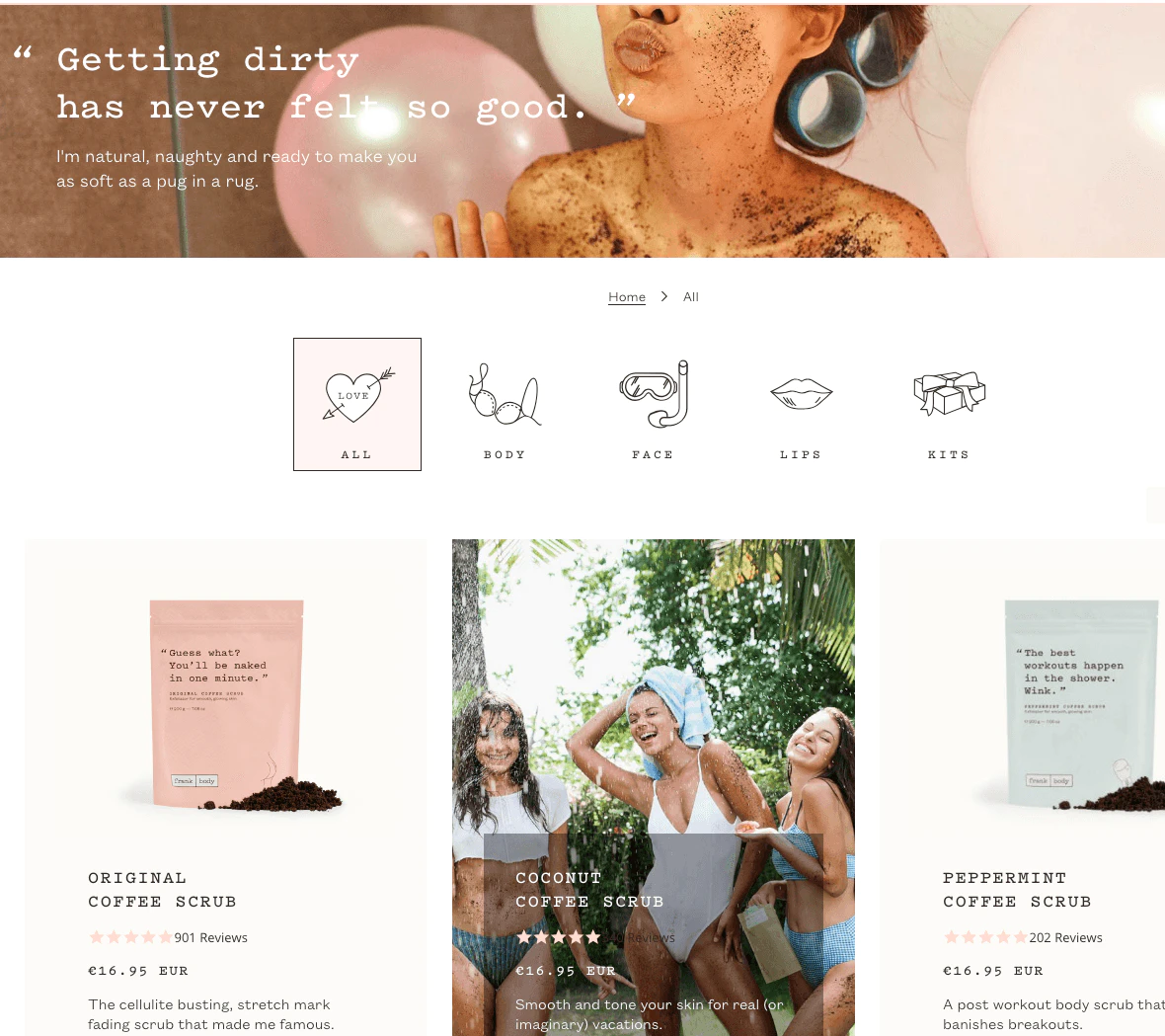
If you choose the second one, you’re not alone. 94% of first impressions relate to your site’s web design.
Designing the content with the user in mind can be critical to your company’s success or failure – and yes, that holds true for B2B SaaS as well; especially because then you have at least 7 decision makers who are going to consume your content at different stages before making a purchase/ conversion decision.
People spend plenty of time online interacting with different kinds of businesses; no one is a digital novice. Everyone is looking for the best experience regarding the design and organization of the content. So, if your site doesn’t meet the tech-savvy user’s expectations, your competitors might!
Content design avoids wasted time and resources and helps businesses design and implement software that actually does what people need it to do.
Good content is a boon to boost SEO and accessibility, too. High-quality design makes your website clear and graspable, encouraging users to engage. The more people engage with your website or app, the higher your SEO ranking.
Moreover, content design makes your site easy to access. If the search engines think your site is accessible and your brand is popular, it will boost the SEO.
5 Examples of Content Design You Must Check Out
Good content design is fine, but if you want to stand out, you must go from good to great.
From filling out lead gen forms and downloading ebooks to booking a demo, the content designed should help users fulfill their requirements.
1. Hubspot
You can’t talk about content design and not mention Hubspot! From courses to blogs to CRM functionality – they have it all. What makes them stand out from the rest is their free tools section – a saving grace for busy B2B marketers.
As seen below, they have displayed all their free tools in one convenient location: allowing users to filter and find the tool that matches their requirement at a moment’s notice. The content design here is simplistic and to the point, giving users what they need within seconds.
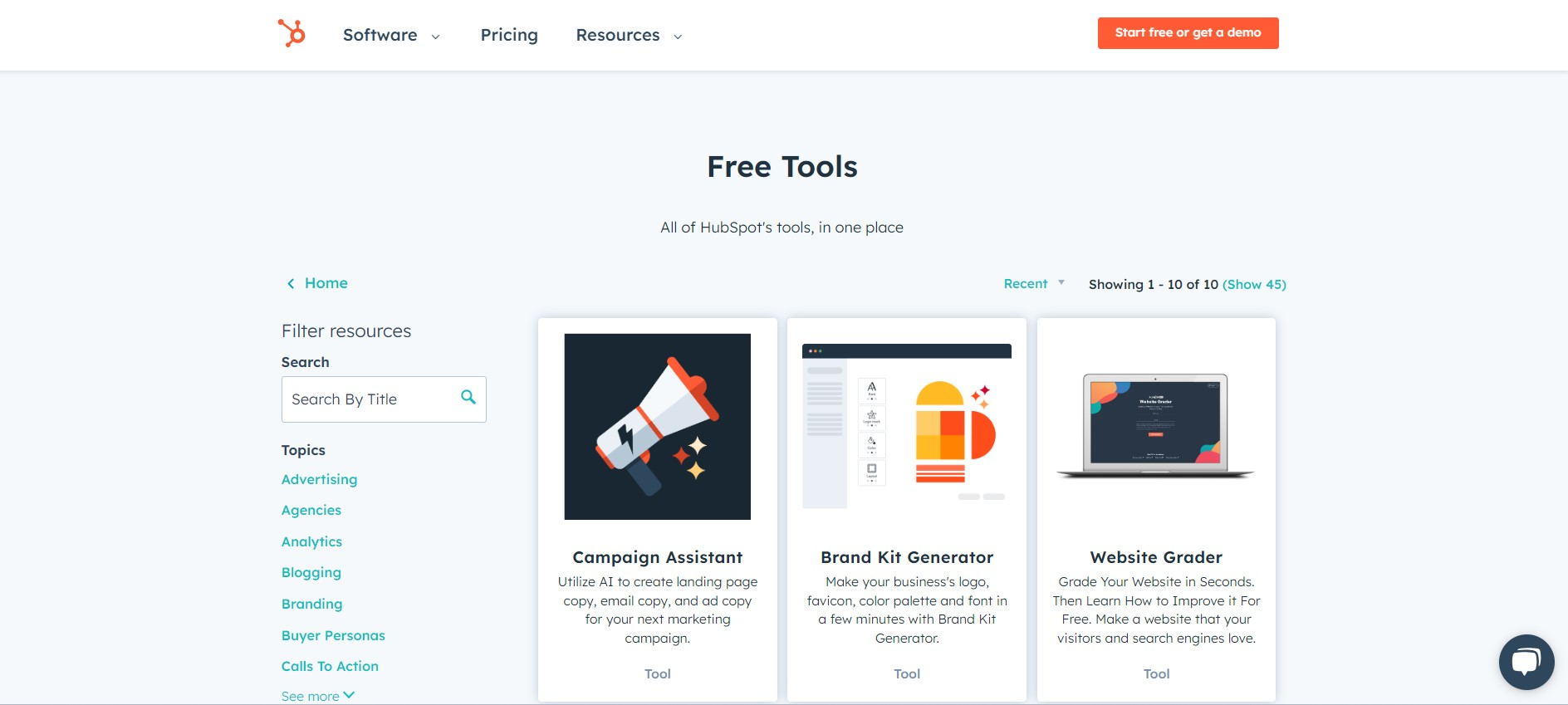
2. Mailchimp
If there’s one thing marketing teams are known for – it’s Jargon! Abbreviations like CAC, LTV, and GTM can get rookie marketers stumped. Mailchimp understands this and has crafted a Marketing Glossary for the newbies. The design pops out, and the letters on the side help you navigate to the exact term you’re looking for.
The website design offers a seamless experience to those who want a crisp meaning of a term without endlessly googling for the same.
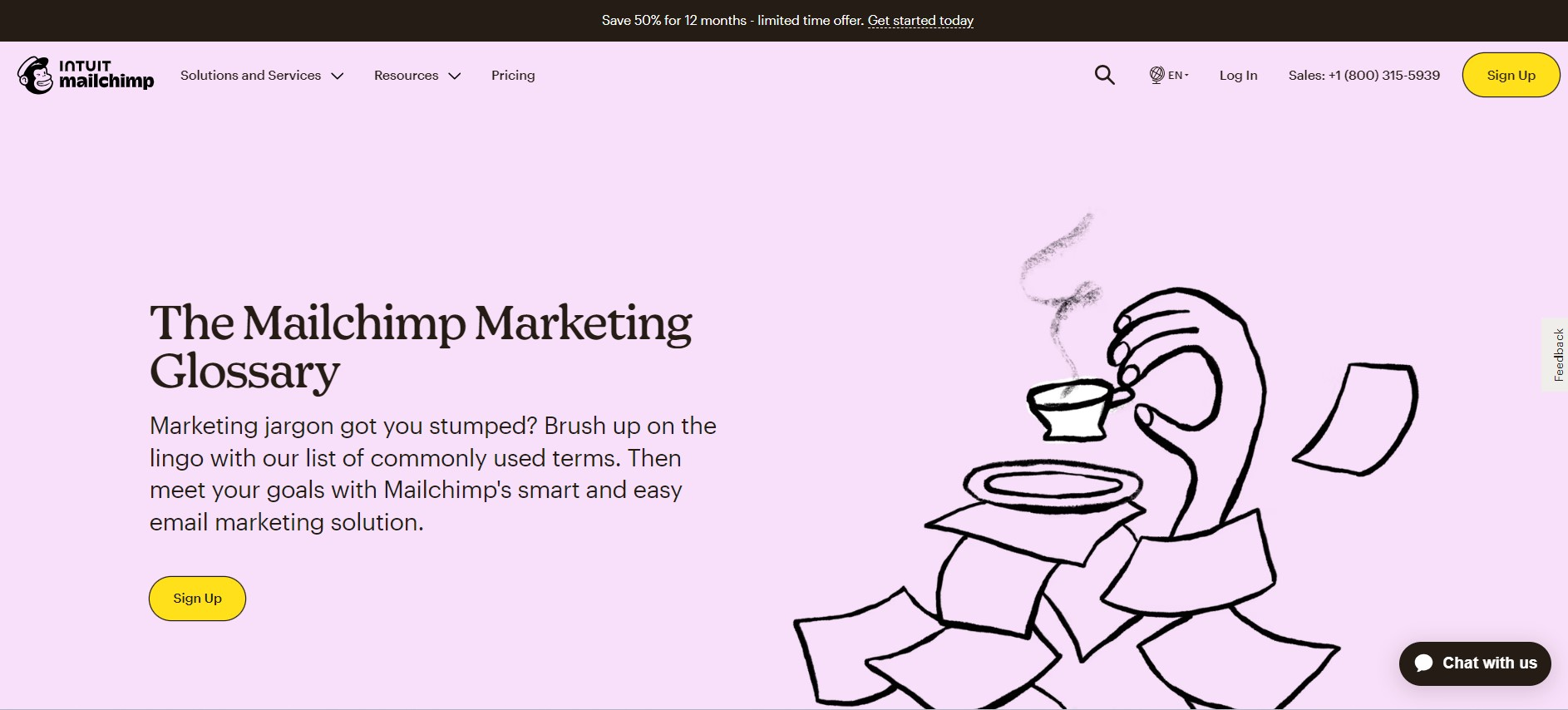
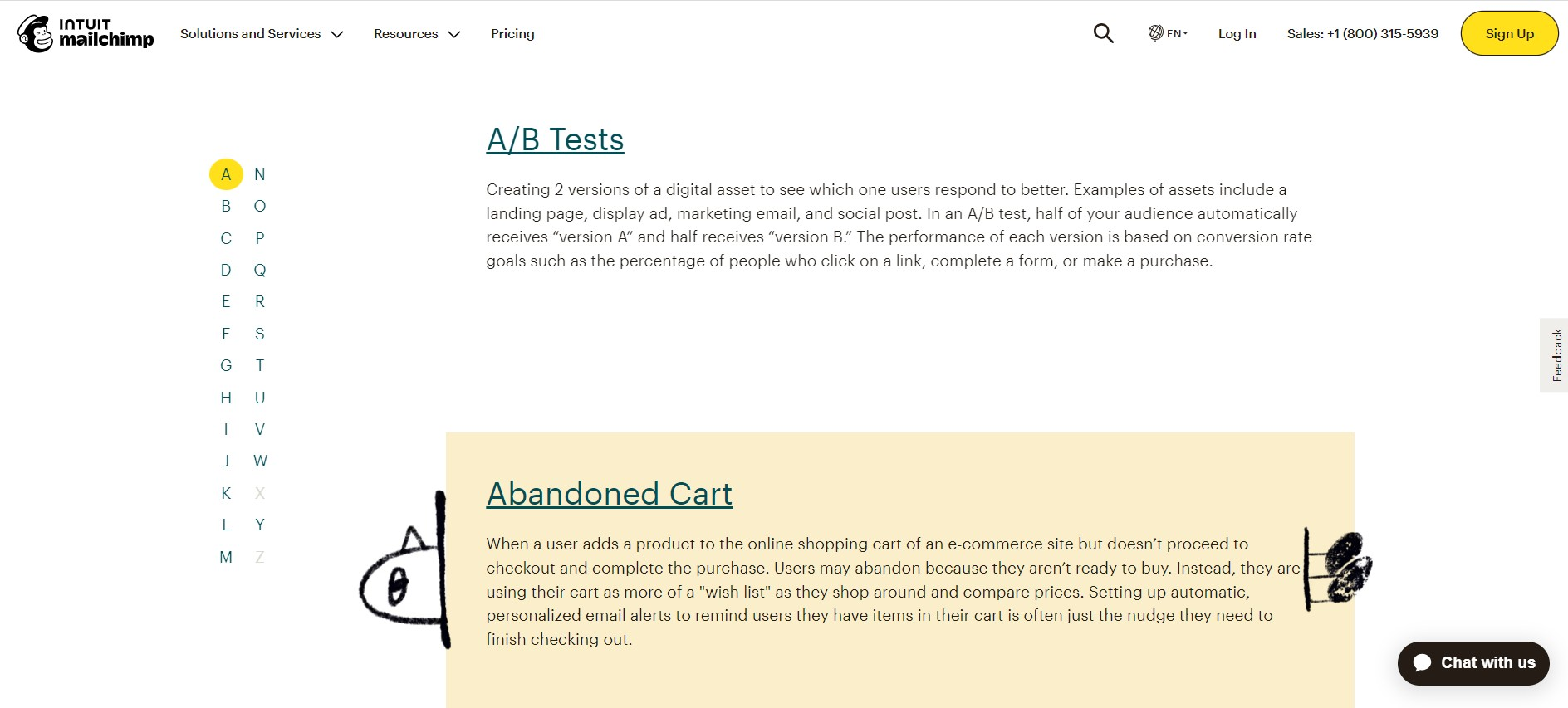
3. Insider
Booking a demo and having a demo call can get time-consuming for on-the-go executives who just want the right software for their needs. Insider gets this and has created an interactive demo section which gives users a first-hand experience of their product.
Users have a choice to have an interactive product tour or look at pre-made videos along with exploring a wide array of use cases. You can filter the demo type by your goals, your role and industry as well – a truly user-first approach to content design.
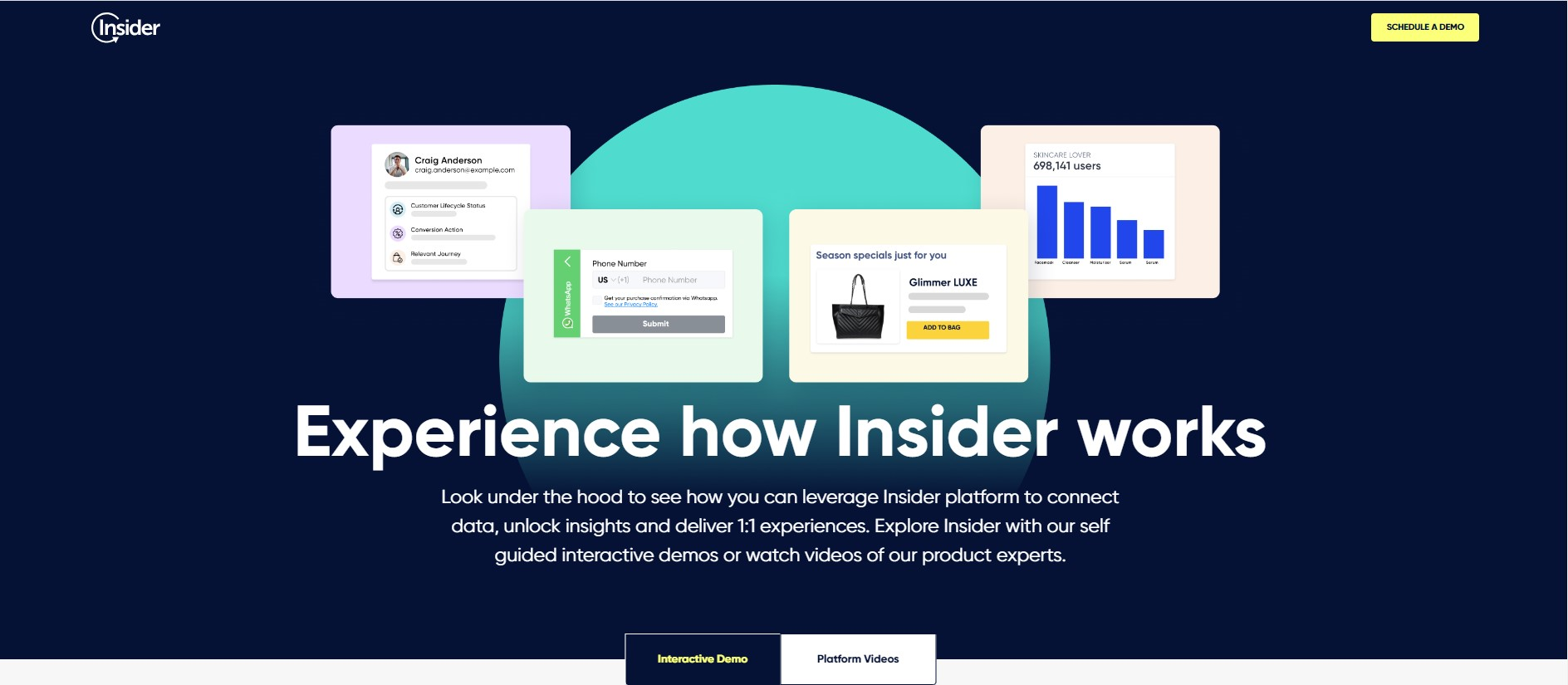
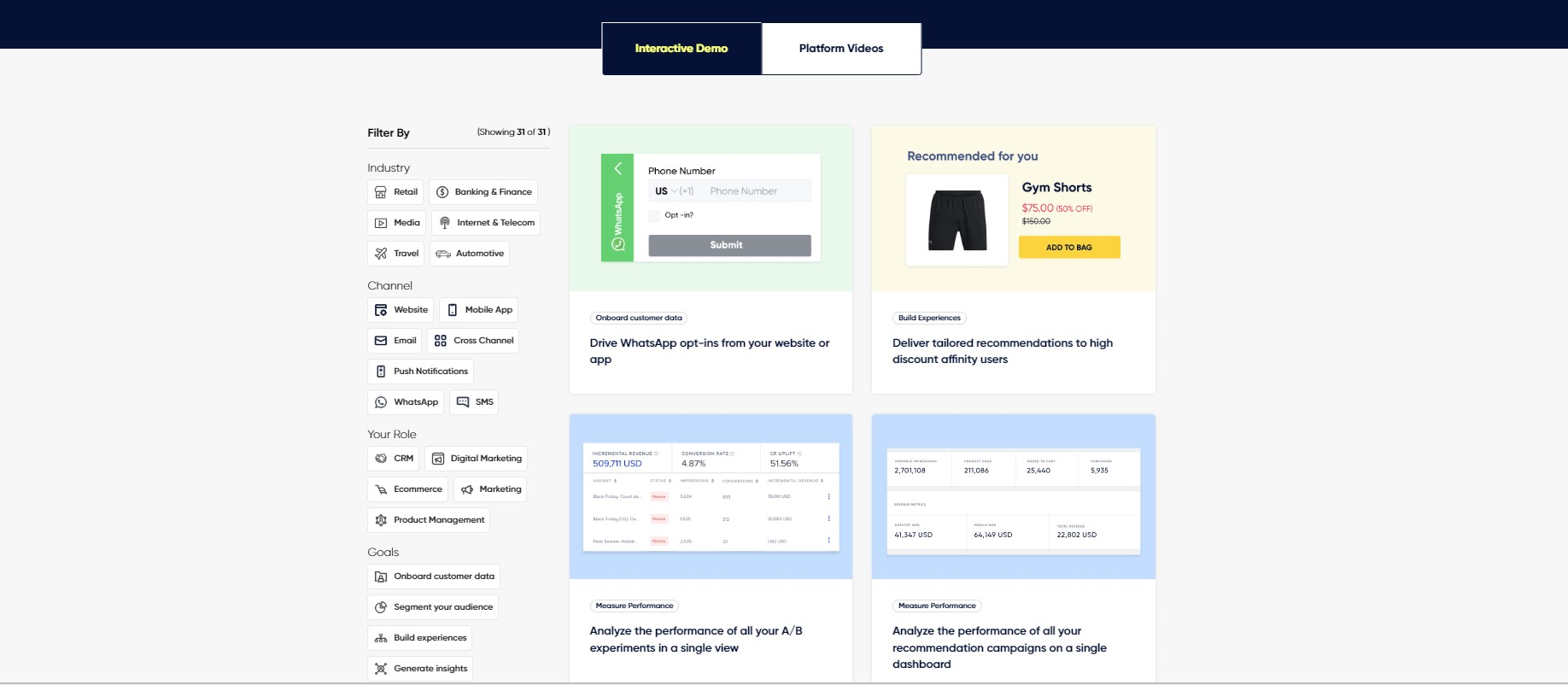
4. Drift
“ROI” is the first thing every B2B stakeholder wants to know before purchasing a SaaS product and the best way to convey ROI is to show it, right?
Drift has a dedicated calculator explaining the ROI of using their product. The custom-built toggle and slider can allow you to input values easily so you get clarity on whether their tool is worth the investment.
With smart content design, you can educate your users in no time.
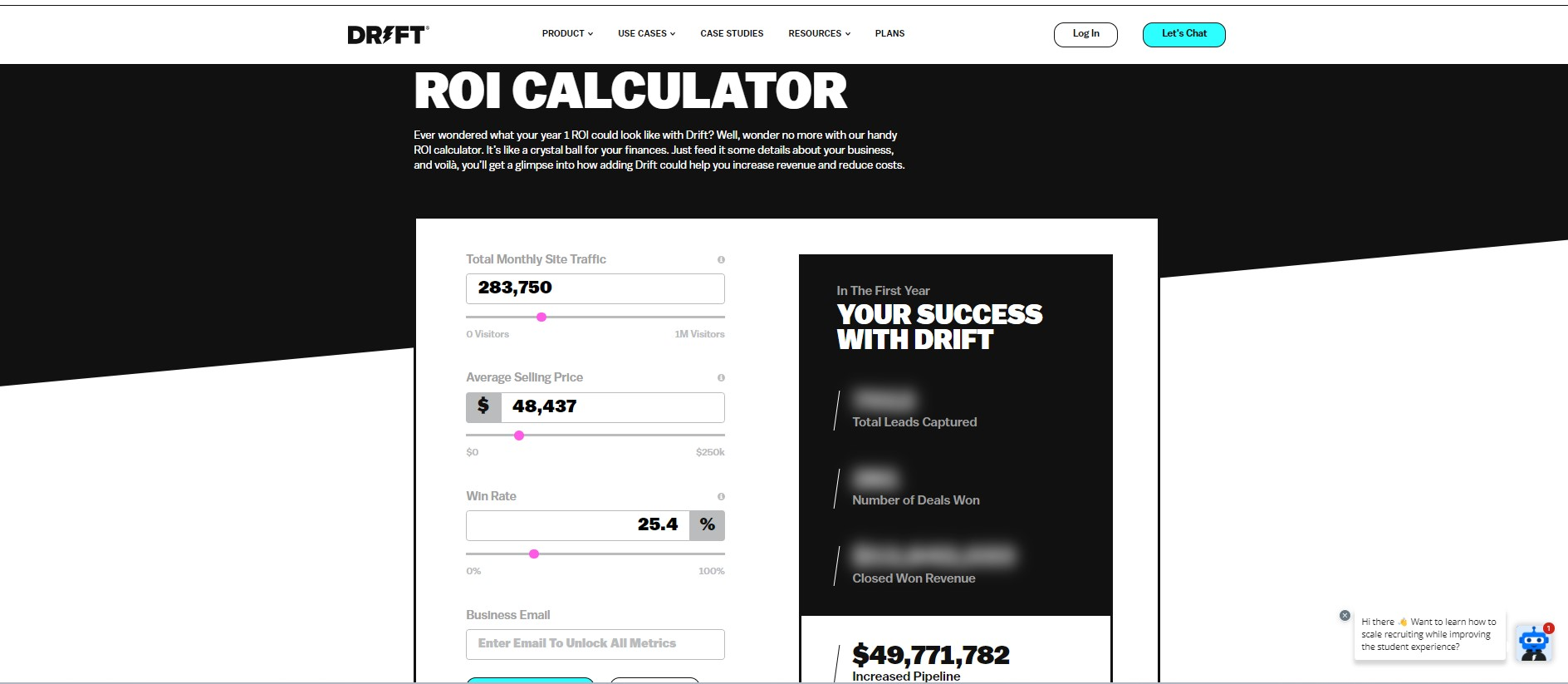
5. Answer the Public
Every marketer and writer worth their salt knows about Answer the Public. But if you don’t, here’s the gist: it’s an SEO research tool where you can type in a few keywords and learn what questions the audience is asking online using those terms. It’s an online treasure trove of topic ideas and inspiration.
It also has excellent content design, where the entire homepage is a single, looping image with a massive search bar, making it easy to use. When the audience types in a search, the results are offered in various ways, such as flowcharts, alphabetical lists, and downloadable image and spreadsheet formats.
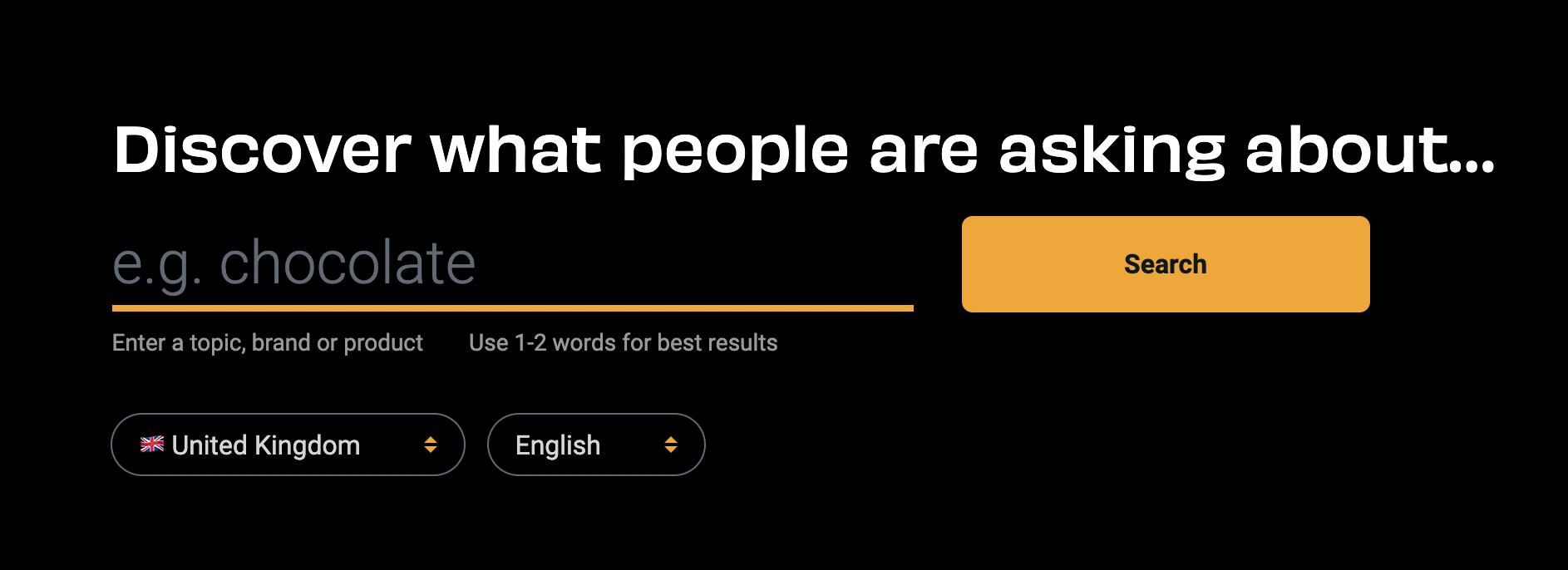
How does Content Design Impact Content Marketing?
Every content marketer has the prime goal of attracting qualified traffic and generating high-quality leads for their brand.
Content design becomes a crucial aspect of content marketing here because the core principle of content design is to ensure that your work is inclusive and user-centric. Investing in exceptional design features can effectively highlight your unique value proposition and attract your ideal customer.
Using this approach to take your product or service to the market will allow you to stand out from the crowd, increase customer impressions, boost engagement and rank higher in search engines.
Incorporating great content design through every aspect of your content marketing takes time and effort, but it’s certainly worth it since it will benefit your business immensely.
If you’re ready to give content marketing a new angle, use these content design principles:
- Speak to your consumers in their language.
- Understand your user requirements and position products in the market accordingly.
- Create accessible and inclusive content to make your product or service available to everyone.
- Recognise suitable content for different channels and use them appropriately to reach the right people.
- Create interactive and gamified content to attract attention
- Repurpose into bite-sized content pieces that are easy to consume on different platforms.
- Create a customer journey map to understand how you want to lead prospects into the funnel.
Here’s how Sketch is a design automation software that displays the tool’s ability on its landing page while perfectly explaining what the product does.
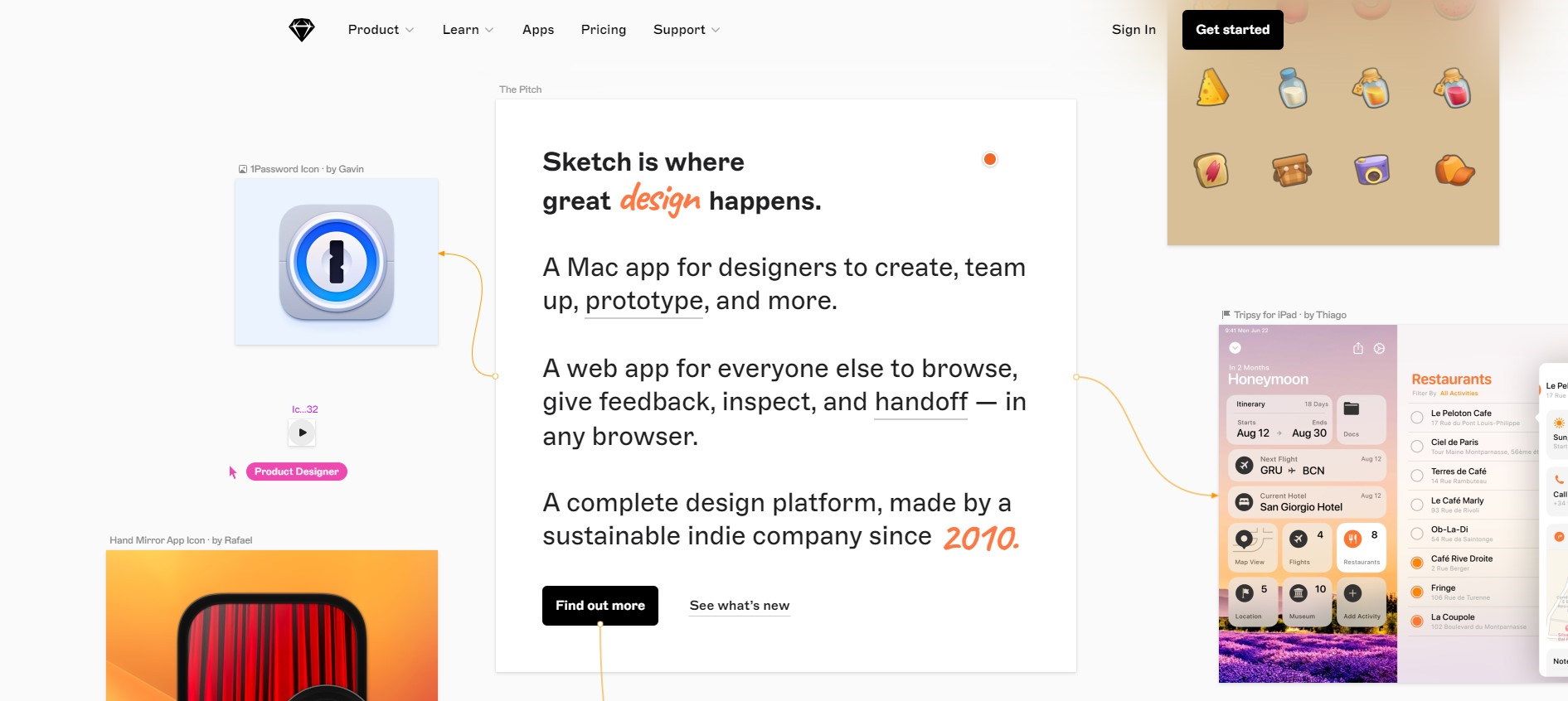
As you can see, when you reinforce content marketing with content design principles, your marketing will be more enhanced, inclusive, and ethical. Great content design in your content marketing translates into cost savings and profits.
Wrapping Up
With an ever-growing emphasis on content usability and user experience, quality content design should be one of the top priorities for content teams.
Accessible content provides information to anyone interested in consuming it. The most vital thing is understanding the user and their needs. Content design, at its core, is problem-solving as it saves time and effort for user research to find the best solution for their needs.
Both content marketing and content design clearly focus on understanding the audience and business goals. This focus is informed by data and evidence, which is a strategy for the content.
Applying the content design principles rewards you with a website, app, or product that’s simpler, clearer, and faster for your users.
If you want to learn more about how a solid content marketing strategy can help you achieve your business goals, feel free to reach out to me or my team at Contensify, and let’s brainstorm!

